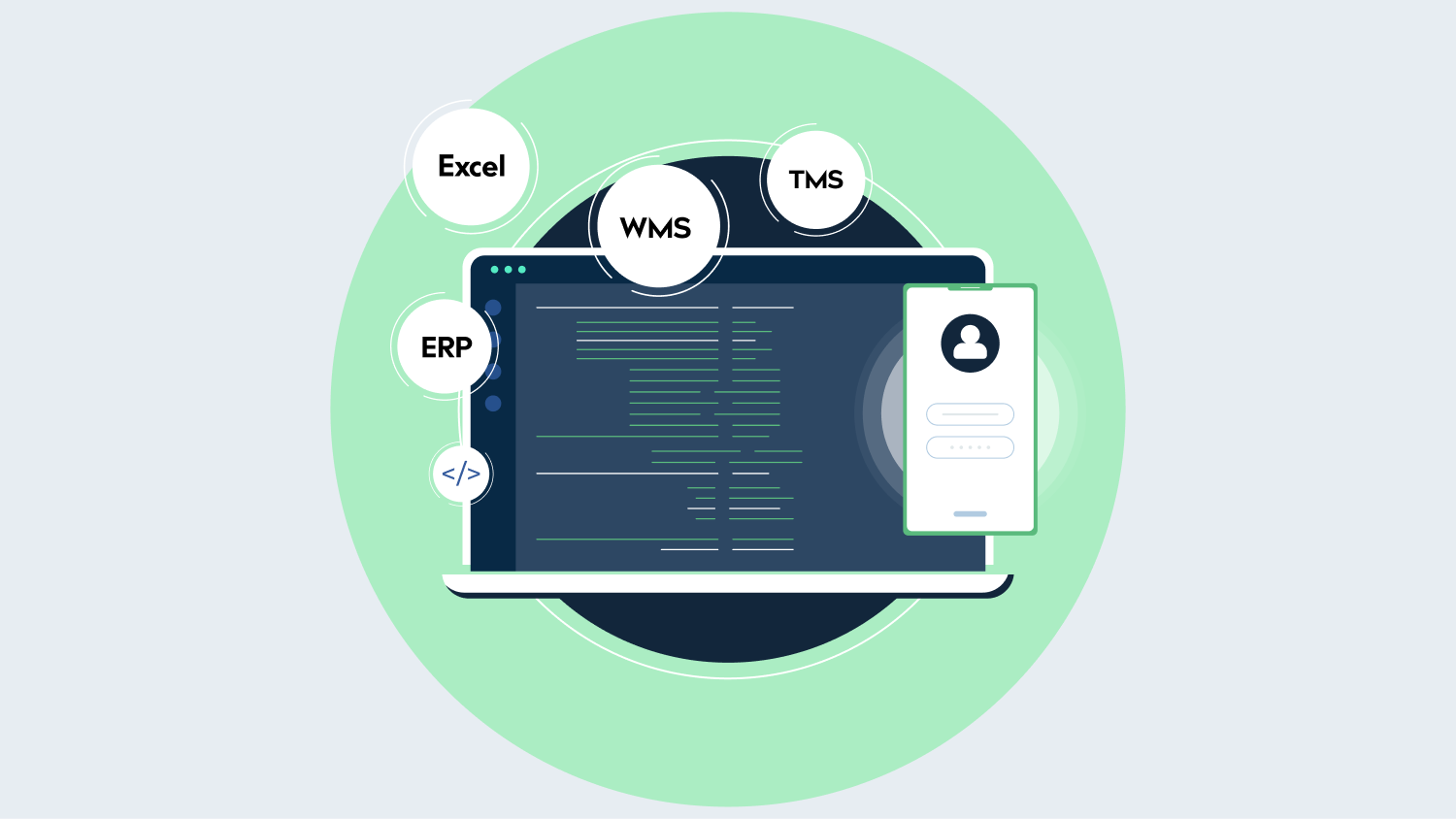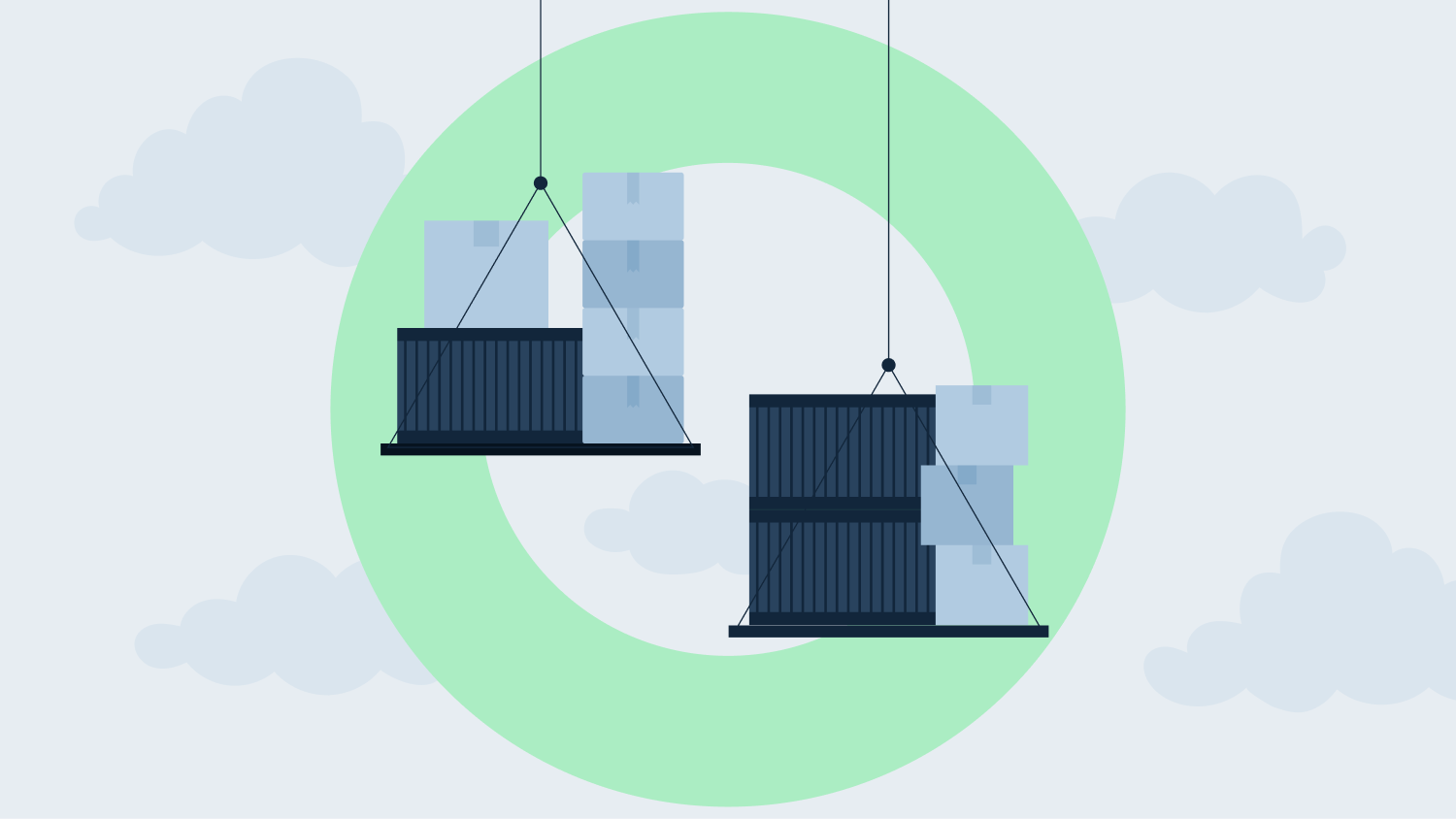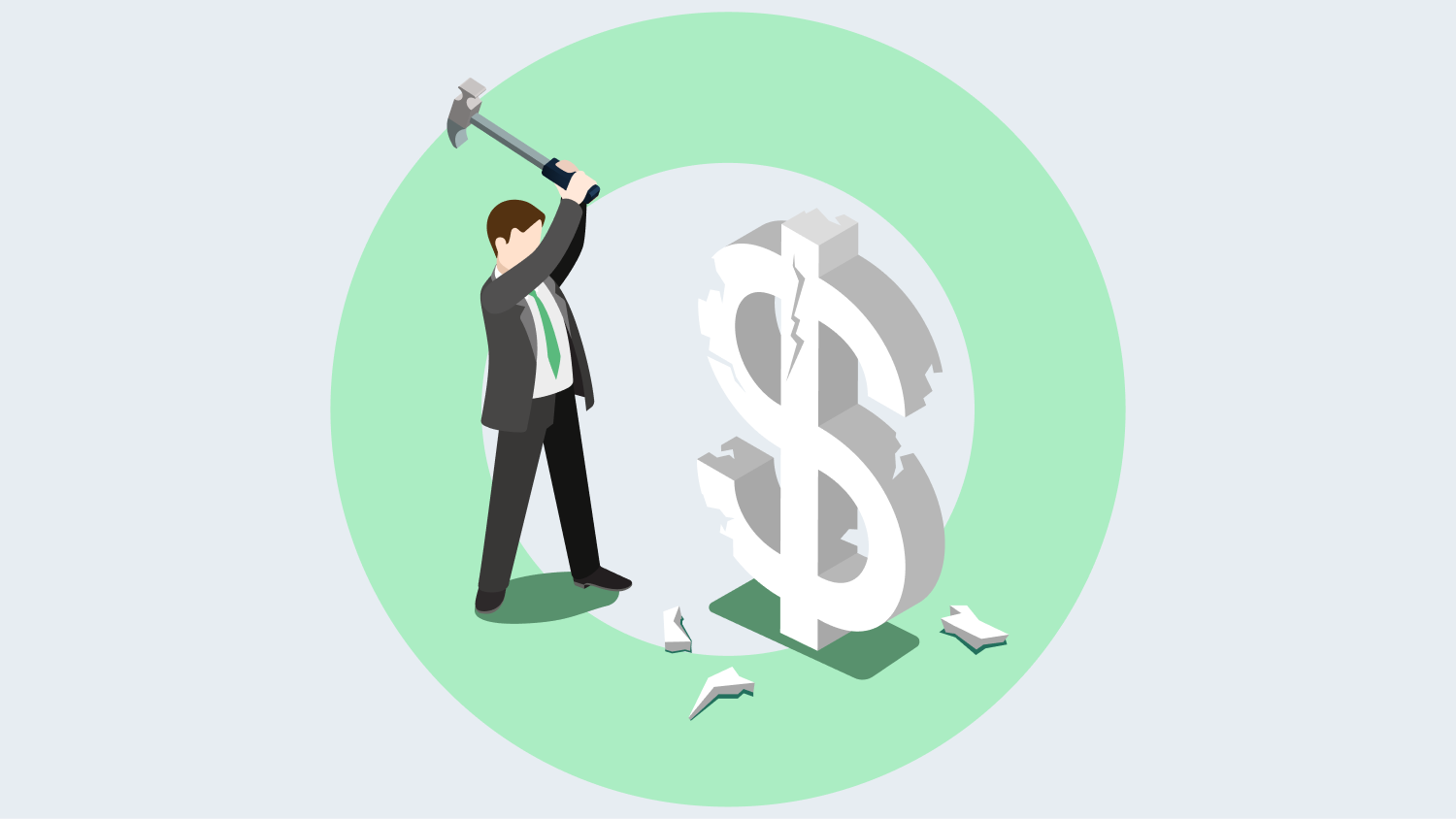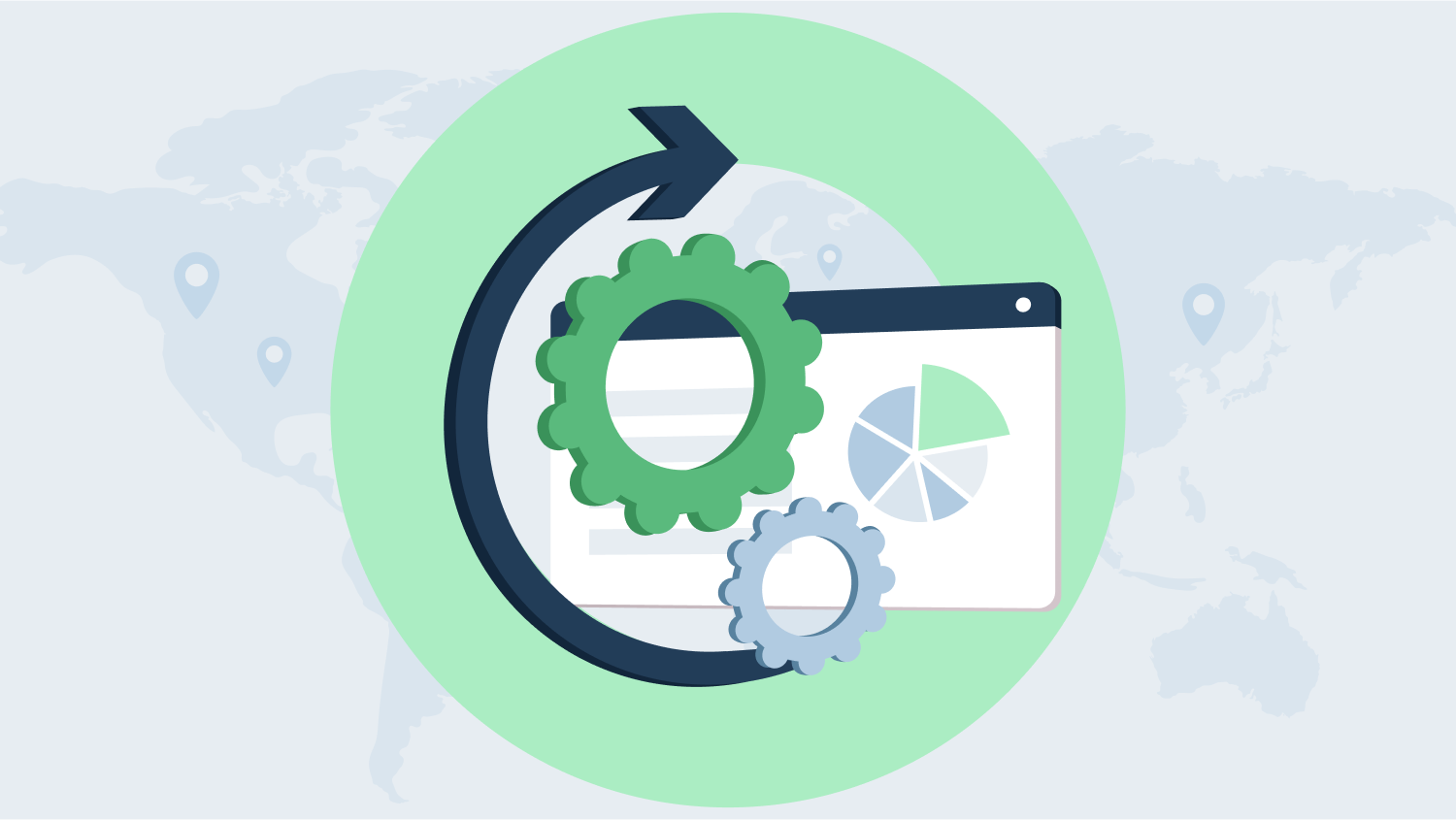Is your supply chain adding to your carbon footprint? Many businesses struggle with balancing growth and sustainability, especially when supply chain operations generate significant emissions. Carbon optimization in supply chains focuses on reducing emissions at every step, from sourcing raw materials to delivering products.
According to a report, supply chains contribute up to 60% of global carbon emissions across industries. That’s a massive impact. However, companies that invest in carbon-efficient practices can cut costs, boost efficiency, and reduce their environmental impact.
By focusing on energy-efficient transport, switching to greener packaging, and adopting digital tracking tools, businesses can build sustainable supply chains without compromising growth.
With that said, let’s take a look at some practical ways to lower emissions and help your supply chain grow sustainably.
What is Carbon Optimization?
Carbon optimization is the strategic process of reducing greenhouse gas (GHG) emissions across operations, particularly in supply chains, while maintaining or enhancing efficiency and profitability. It involves identifying emission sources, rethinking processes, adopting cleaner technologies, and making data-driven decisions.
Unlike carbon offsetting alone, which compensates for emissions elsewhere, carbon optimization actively reduces emissions at the source. The goal is to build sustainable operations that not only comply with environmental standards but also ensure long-term business growth.
Key Aspects of Carbon Optimization
The key aspects carbon optimization are:
1. Emission Reduction Across the Value Chain
This aspect involves reducing carbon emissions generated from manufacturing, transportation, energy consumption, and waste management. Companies map their entire value chain, from sourcing materials to product delivery, identifying areas where emissions are highest.
Example: Switching from air to sea freight can significantly reduce transportation emissions.
Outcome: Companies with optimized emissions enjoy reduced operational costs and meet climate regulations proactively.
2. Energy Efficiency and Renewable Energy Adoption
Improving energy efficiency reduces emissions and saves costs. Organizations achieve this by using energy-efficient machinery, upgrading infrastructure, and switching to renewable energy sources like solar, wind, or hydropower.
Example: Installing energy-efficient lighting and smart HVAC systems in warehouses and offices.
Renewable Focus: Using green energy instead of fossil fuels further decreases the carbon footprint.
Energy Savings Action Plan
With the UK pushing for net-zero til March 2025, it’s now more important than ever for companies to build an energy savings action plan. This plan identifies specific areas where energy savings are possible, sets clear energy reduction goals, and tracks the impact of changes over time.
3. Sustainable Procurement and Manufacturing
Procurement plays a significant role in carbon optimization. It involves selecting suppliers that adhere to sustainable practices and minimizing emissions during manufacturing. Companies may shift to sustainable materials and minimize waste.
Eco-Friendly Materials: Businesses prefer recyclable and biodegradable materials over plastic and synthetic options.
Supplier Audits: Verifying that suppliers meet environmental standards ensures the entire supply chain contributes to carbon optimization goals.
4. Carbon Offsetting and Nature-Based Solutions
Some emissions cannot be eliminated completely. In such cases, companies use carbon offsets by funding projects like afforestation or renewable energy initiatives that remove or prevent emissions elsewhere. Nature-based solutions, like planting trees or restoring ecosystems, also contribute to offsetting carbon emissions.
Example: Microsoft’s commitment to becoming carbon negative by 2030 involves investing in carbon removal technologies.
5. Advanced Carbon Tracking and Reporting
Carbon management tools allow businesses to monitor their carbon emissions in real time across multiple departments and supply chains. These tools provide actionable insights for optimizing emissions, ensuring businesses remain on track toward carbon-neutral goals.
Example: Using carbon footprint calculators integrated with logistics management software to track emissions per delivery route.
Outcome: Transparent reporting not only supports compliance but also improves stakeholder trust.
6. ESOS Requirements and Compliance
In the UK, companies must comply with the Energy Savings Opportunity Scheme (ESOS). ESOS requires energy audits every four years to identify opportunities for energy savings and emissions reduction.
Impact: These audits ensure that businesses align their operations with energy efficiency standards while identifying potential cost savings.
Benefit: Companies that follow ESOS recommendations not only reduce emissions but also enhance operational efficiency by lowering energy costs.
Why Carbon Optimization Matters
Here’s why carbon optimization matters in supply chain operations:
1. Regulatory Compliance and Risk Mitigation
Governments are tightening environmental regulations. Companies need to comply with frameworks like the Paris Agreement or face fines and penalties. Carbon optimization ensures businesses stay ahead of evolving regulations and manage risks effectively.
2. Cost Reduction Through Efficiency Gains
Carbon optimization often results in operational cost savings. Reducing energy consumption, minimizing waste, and optimizing transportation routes can lower expenses without compromising output.
Example: DHL’s green logistics program saved millions by switching to electric vehicles and optimizing delivery routes.
3. Consumer Demand for Sustainable Practices
Consumers increasingly prefer eco-friendly brands. Companies that invest in carbon optimization align with these values and gain a competitive advantage.
Example: Patagonia markets its environmental efforts as part of its brand identity, resonating with eco-conscious customers.
4. Building Resilient, Future-Proof Businesses
Carbon optimization makes companies more adaptable to future challenges. Businesses with sustainable practices are less affected by fuel price fluctuations, carbon taxes, and environmental disruptions.
5. Creating a Competitive Advantage
Carbon-optimized companies stand out in the market by meeting the growing demand for sustainable products. They are also more attractive to investors and partners looking for environmentally responsible businesses.
Quick Link: The Benefits of Transportation Optimization in Supply Chain Design
Examples of Carbon Optimization in Action
1. Apple
Apple has incorporated carbon optimization by using renewable energy in its facilities and 100% recycled materials in some products. The company aims for a carbon-neutral supply chain by 2030.
2. Unilever
Unilever has set ambitious goals to reach net-zero emissions by 2039. The company focuses on green energy sources, sustainable manufacturing, and eco-friendly packaging to achieve its targets.
3. Walmart
Walmart’s sustainability initiatives include adopting electric trucks, optimizing delivery routes, and using renewable energy across its stores and warehouses to reduce emissions.
Challenges in Carbon Optimization
Carbon optimization isn’t as easy as it sounds. Businesses also have to face some challenges while trying to implement it, which are:
1. High Initial Investment
Switching to renewable energy, upgrading equipment, and adopting new technologies can require significant capital upfront. However, long-term savings and environmental benefits often outweigh these initial costs.
2. Complex Supply Chains
Global supply chains involve multiple stakeholders, making it challenging to monitor and control emissions at every stage. Collaboration and alignment on sustainability goals are crucial for success.
3. Resistance to Change
Employees and stakeholders may resist sustainability initiatives, especially if they involve changes to familiar processes. Training programs and internal awareness campaigns can help overcome resistance and foster a culture of sustainability.
4. Balancing Profitability and Sustainability
Companies must align sustainability efforts with financial objectives to ensure growth is not compromised. This requires careful planning and a focus on efficiency to optimize both profitability and environmental performance.
Optimize Your Supply Chain’s Carbon Footprint with Sophus
Carbon optimization is no longer optional—it is essential for businesses aiming for sustainable growth. It helps companies reduce emissions, enhance efficiency, and improve profitability. If you’re not sure of how you can do it by yourself, we’re here to help.
With our GHG Emission Optimization solution, you can use smart algorithms to find the best way to cut emissions without increasing costs.
You can also see how supply chain changes will impact emissions and costs with optimized transportation routes and real-time simulations. Sophus offers accurate calculation and reporting of GHG emissions through its algorithm-based modeling platform.
So, do you want to go green without breaking the bank? Contact us today or book our free Demo.









